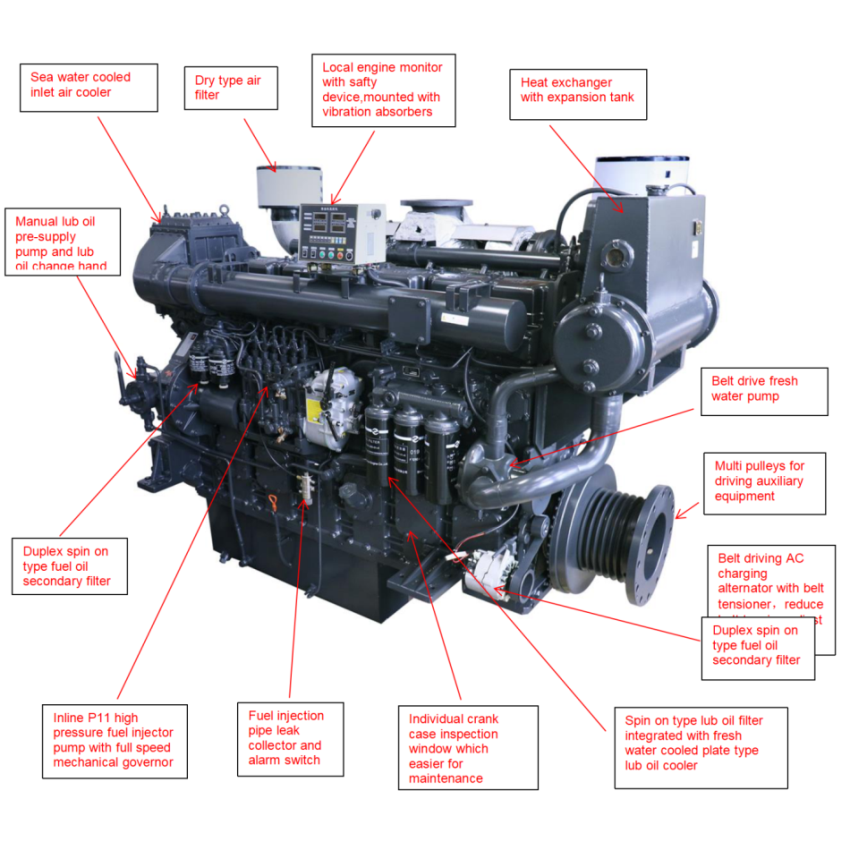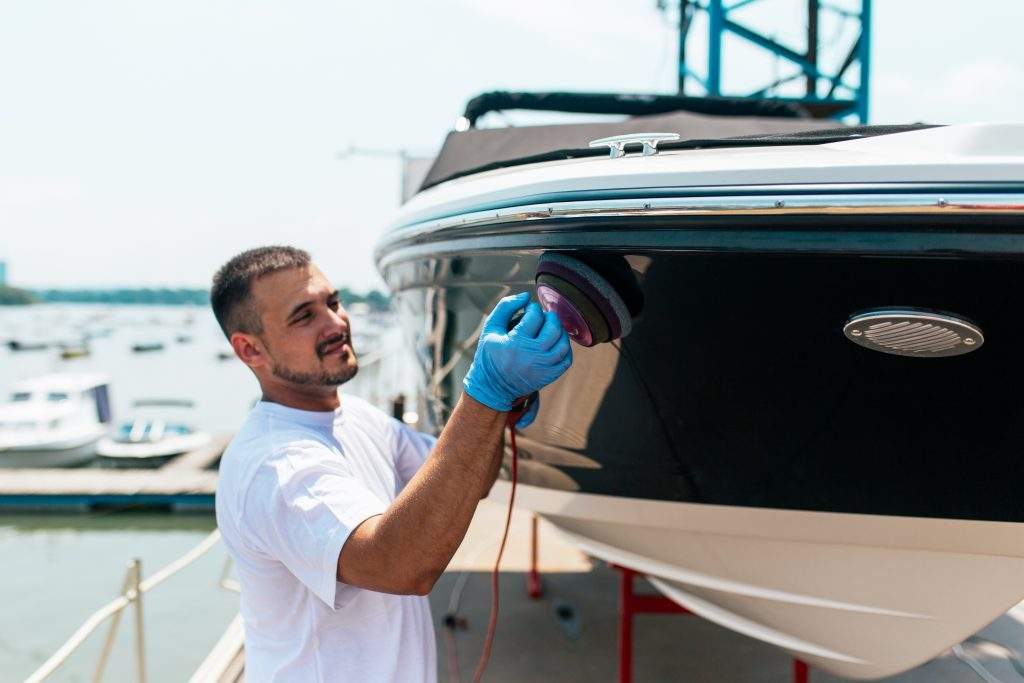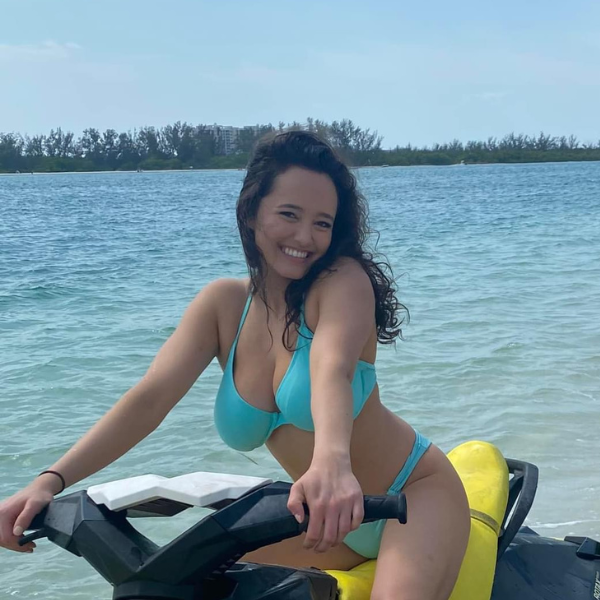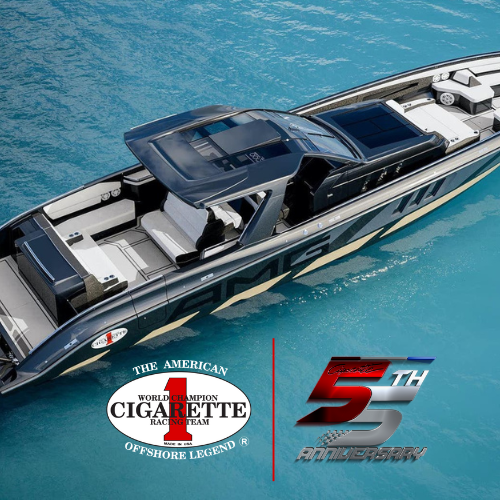Abos Marine Blue Book: Ultimate Guide to Mastering Boat Valuation and More
If you're in the market for buying or selling a boat, understanding the ABOS Marine Blue Book is essential to make informed decisions.
Published by Price Digests, the ABOS Marine Blue Book provides valuations, including MSRP, retail, high, and low values, as well as detailed specifications for various types of boats, such as inboards, outboards, stern drives, and sailboats.
This comprehensive resource has been serving the marine industry since 1949, and it's recognized as one of the most complete and reliable sources for boat pricing information.
The ABOS Marine Blue Book takes into account several factors to determine boat values, such as the boat's age, condition, and features.
By understanding how these factors influence a boat's value, buyers and sellers alike can negotiate a fair price and make more informed decisions.
Additionally, the Blue Book offers various resources and tools to help users conduct market analysis, interpret professional assessments, and address frequently asked questions related to boat ownership and transactions.
Key Takeaways
- The ABOS Marine Blue Book is a comprehensive resource for boat values and specifications.
- Several factors determine boat values, which can help buyers and sellers make informed decisions.
- The Blue Book offers additional resources and tools for market analysis, professional assessments, and understanding boat transactions.
Understanding the Abos Marine Blue Book
History and Relevance
The ABOS Marine Blue Book has been a reputable and reliable source of information for the marine industry since 1949.
Over the years, it has evolved to become the go-to resource for professionals and enthusiasts alike who need accurate data on boat prices, specifications, and market trends.
With a history spanning over seven decades, the ABOS Marine Blue Book continues to be relevant and essential in making informed decisions within the marine market.
What the Blue Book Offers
The ABOS Marine Blue Book provides comprehensive information on various types of boats, including inboard-powered, stern drive-powered, outboard-powered, sailboats, pontoon boats, houseboats, and personal watercraft like jet skis and wave runners.
Some of the valuable data that can be found in the Blue Book include:
- Boat specifications: Detailed information about boat models, including hull material, dimensions, and performance capabilities.
- Pricing information: Values for new and used boats, helping users determine appropriate pricing based on factors like the boat's age, condition, and location.
- Market trends: Insight into current trends within the marine market, assisting buyers and sellers in making well-informed decisions.
Regular Updates and Quarterly Reviews
To maintain its accuracy and relevance, the ABOS Marine Blue Book is updated quarterly.
These regular updates ensure that the information provided remains current and in line with market changes.
Through these quarterly reviews, the Blue Book is able to maintain its status as a trusted source for boat valuations and specifications, making it a valuable asset for both professionals and enthusiasts in the marine industry.
Types of Boats Covered
ABOS Marine Blue Book offers information and pricing on a wide variety of boats, which can be grouped into three main categories. In this section, we will discuss these categories in detail.
Sailboats and Houseboats
Sailboats are wind-powered vessels that range in size and design and are mainly used for recreation or racing. They have various types such as catboats, sloops, yawls, and schooners.
On the other hand, houseboats are large, flat-bottomed boats designed for living on the water, equipped with all the necessary amenities for a comfortable living experience.
ABOS Marine Blue Book provides comprehensive data on both sailboats and houseboats, including:
- Sailboats
- Size
- Design
- Pricing
- Houseboats
- Amenities
- Size
- Pricing
Outboard Powered Boats and Pontoons
Outboard powered boats have external engines mounted on the boat's stern, providing propulsion and steering. These boats come in various shapes and sizes and can be used for various activities, such as fishing, cruising, or water sports.
Pontoon boats, on the other hand, are leisure watercraft that rely on flotation tubes (pontoons) for buoyancy. They are popular due to their stability and spaciousness, which make them ideal for families and group outings.
The ABOS Marine Blue Book has detailed specifications and pricing for various types of outboard powered boats and pontoons, including:
- Outboard Powered Boats
- Size
- Horsepower
- Pricing
- Pontoon Boats
- Size
- Amenities
- Pricing
Personal Watercraft
Personal watercraft (PWC) are small, fast, and agile water vehicles designed for individual use. They are also known as jet skis and waverunners.
PWCs are popular for recreational activities like racing, freestyle competitions, or simply having fun on the water.
ABOS Marine Blue Book covers a wide range of personal watercraft, including specifications and pricing details such as:
- Make
- Model
- Horsepower
- Pricing
Key Value Determinants
Boat Specifications and Features
Boat specifications and features are one of the main factors affecting the value of a boat.
Specifications like the make, model, and year of the boat are crucial starting points when appraising a boat's value. The boat's size, material, structural design, and engine type also contribute to the overall value.
Additionally, certain features such as hull material, deck layout, cabin configuration, and fuel efficiency play a significant role in a boat's valuation according to the ABOS Marine Blue Book.
Features that enhance a boat's functionality and safety, such as navigation systems, radar, and communication equipment, can also increase the overall value.
Other notable aspects include:
- Hull material: Fiberglass, aluminum, wood, or steel
- Engine type: Inboard, outboard, or sterndrive motors
- Deck layout: Open, closed, or convertible
- Cabin configuration: Sleeping capacity, galley, and bathroom facilities
Condition Assessment
The overall condition of a boat is one of the most critical factors in determining its value.
A well-maintained boat holds a higher value than a neglected one.
It is important to assess factors such as the boat's cosmetic appearance, structural integrity, and engine functionality to determine its condition accurately.
For example, the presence of rust, moisture damage, and cracks can directly impact the boat's value as suggested in this Boat Trader article.
A comprehensive condition assessment should include the following checks:
- Structural: Hull, decks, frames, and bulkheads
- Mechanical: Engine hours, performance, and service history
- Cosmetic: Upholstery, woodwork, and paint condition
- Electrical: Lighting, electronics, and wiring

Equipment and Accessories
Lastly, the presence and quality of equipment and accessories on a boat can significantly influence its value.
This can include items like electronics, safety gear, water sports equipment, and other luxury features installed on the vessel.
High-quality and well-maintained equipment can add value to the boat, while missing or damaged accessories may lower its overall worth.
Some common equipment and accessories that can affect a boat's value are:
- Electronics: GPS, sound system, depth finder
- Safety gear: Life jackets, fire extinguishers, flares
- Water sports gear: Wakeboards, water skis, towable tubes
- Luxury amenities: Air conditioning, barbecue grill, satellite television
- Do thorough research on the boat's make, model, and condition.
- Be open to slight adjustments in the boat selling price.
- Maintain a respectful and patient attitude throughout the negotiation process.
- Gather as much information about the boat, such as make, model, year, and condition.
- Use external resources, like the ABOS Marine Blue Book, to determine the market value.
- Account for optional equipment, recent upgrades, or maintenance costs.
- Handling: How the boat responds to controls and maneuvers in different situations
- Stability: The boat's ability to maintain balance and levelness
- Speed: How the boat accelerates, cruises, and reaches its top speed
- Fuel efficiency: The boat's fuel consumption rate and efficiency
- Inspecting vessel structures: Evaluating the hull, deck, and other structural components for possible damage or wear
- Assessing mechanical components: Examining the engine, transmission, and other mechanical systems for functionality and reliability
- Evaluating electrical systems: Checking the wiring, battery, and other electrical components
- Reviewing safety equipment: Ensuring the boat is equipped with required safety gear and that it is in proper working condition
- Estimating the boat's fair market value: Providing an accurate estimation of the boat's value based on its condition and market factors, such as ABOS Marine Blue Book data
- Visit the ABOS Marine Blue Book website and sign up for an account or log in if you already have one.
- Input the relevant data such as boat make, model, and year, along with any additional factors like equipment or engine types.
- Based on the provided information, the Marine Blue Book will present you with a calculated value, considering factors such as location, season, and market trends.

The Science Behind Boat Valuations: A Conversation with Abos Marine Blackbook
Charlie (Sea Magazine): Welcome, and thank you for joining us today. Our readers are extremely interested in how Abos Marine Blackbook comes up with accurate values for boats and marine equipment. Could you start by explaining your process?
Abos Representative: Absolutely, Charlie. Our primary goal at Abos Marine Blackbook is to provide our customers with the broadest range of accurate values for boats, outboard motors, boat trailers, and packaged boats. To achieve this, we have a comprehensive process that begins with gathering data directly from manufacturers, as well as analyzing sales transactions and market trends.
Charlie: That sounds quite thorough. How often are these values updated, and how can your customers access them?
Abos Representative: We update our values quarterly to ensure they reflect the current market conditions. Customers can access this information by following a link to the specific page on our website dedicated to the category they're interested in, be it trailers, outboard motors, or any other equipment. This page is updated regularly to ensure our customers always have the latest information at their fingertips.
Charlie: With such a vast array of products, from trailers to outboard motors, how do you ensure the accuracy of your values?
Abos Representative: Accuracy is paramount for us. We employ a rigorous error-checking process that includes cross-referencing manufacturer data with actual sales data. This helps us correct any discrepancies and ensures our values are as close to the market reality as possible. Additionally, we encourage our customers to save their search results for future reference, which also helps us gather feedback and further refine our valuations.
Charlie: Interesting. What about the security and availability of your website? Our readers would want to know their data is safe when they look up values or decide to make a purchase.

Abos Representative: Security is a top priority. We've implemented robust security measures to protect our customers' information and ensure our website remains accessible. However, in the rare event that our site is unavailable, we have customer service representatives ready to help and provide access to the needed information over the phone or through email.
Charlie: And what about equipment like boat trailers and packaged boats? Is the process of determining their value different?
Abos Representative: The process is broadly the same, but it's worth noting that for items like boat trailers and packaged boats, we also consider additional factors such as the compatibility with various boat models, the manufacturer's reputation, and any included accessories. This helps us provide values that are not only accurate but also truly reflective of the market.
Charlie: Lastly, for someone looking to purchase marine equipment, how can Abos Marine Blackbook help them beyond providing values?
Abos Representative: Beyond offering values, we aim to be a comprehensive resource for our customers. We provide helpful articles and guides on our website about purchasing marine equipment, understanding the factors that affect their value, and tips for maintaining them. Our goal is to help customers make informed decisions and ultimately save money and time.
Charlie: Thank you for such insightful answers. It’s clear that Abos Marine Blackbook goes to great lengths to provide accurate, updated, and accessible information for anyone interested in marine equipment values.
Abos Representative: It was my pleasure, Charlie. We're here to assist the marine community, and we take pride in the trust our customers place in us. Thank you for the opportunity to share how we work.
Charlie is Editor-in-Chief of Sea Magazine







